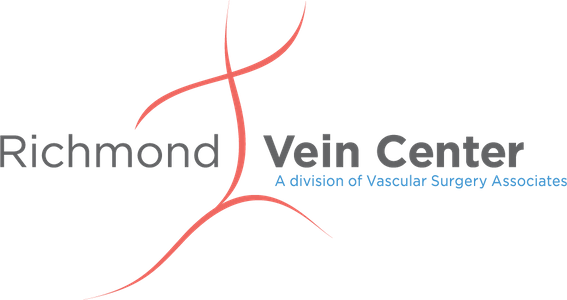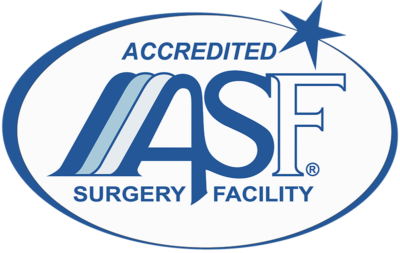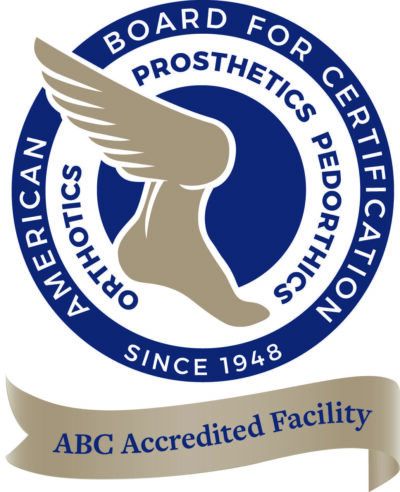Varicose Veins are veins in the leg that have enlarged and twisted. When the valve within the vein doesn’t work properly, blood can flow backward, causing the vein wall to stretch.
Venous Reflux is when the valves in the leg veins don’t work properly, veins may begin to swell, skin color can change, and varicose veins can form.
Spider Veins (telangiectasias) are tiny dilated blood vessels near the surface of the skin and can be very painful. They form most commonly on the upper thighs and near the knee and ankle.
Reticular Veins (feeder veins), are beneath the surface of the skin measuring 2.0mm to 3.0mm. Pressure from veins located deeper in the leg causes these to enlarge which can also lead to spider veins.
Corona Phlebectasia is a cluster of spider veins commonly located on the inside of the ankle extending to the top of the foot. This is commonly a sign of advanced vein valvular disease in the saphenous (main surface) veins of the leg.
Lipodermatosclerosis is generally reserved to describe changes in skin on the lower leg. It is an effect of long-standing venous disease and increased pressure in the leg’s venous system. Patients with Lipodermatosclerosis are at a higher risk for developing venous ulcers.
Duplex Ultrasonography is a medical ultrasound that incorporates gray scale ultrasound to visualize structures such as leg veins, and color doppler ultrasound which visualizes blood flow within a vessel. The Duplex ultrasound helps a vein specialist diagnose different conditions.
Radiofrequency Thermal Ablation (RFA) is a minimally-invasive treatment for varicose veins. Applied Heat creates scar tissue along the wall of the vein, causing it to close. The procedure takes less than an hour, requires little recovery time, and 95%-98% of treated veins remain closed for up to 5 years.
Sclerotherapy is a technique used to treat small varicose and spider veins. A sclerosing agent is injected into the vein, causing blood to re-route to healthier veins. Treatments can be cosmetic, medically indicated, and/or therapeutic.
Ambulatory Phlebectomy is a minimally invasive surgical technique used to remove medium sized varicose veins. The procedure requires local anesthesia and can be done in the office by a provider with minimal recovery time.
Unna Boot is a compression bandage with Zinc Oxide and Calamine that treats leg edema and venous ulcers.
Deep Vein Thrombosis (DVT) occurs when a blood clot (thrombosis) has formed in the leg’s deep venous system. DVT may occur spontaneously in individuals who have a genetic clotting disorder, after surgical procedures, trauma, or have recently been bed ridden or pregnant. Blood clots can be dangerous because they are able to travel to other parts of the venous system. Treatment may include the use of a compression hose and anticoagulation medications.
Post Thrombotic Syndrome (PTS) may occur as the result of increased pressure from DVT. Symptoms of PTS may include leg pain, swelling, skin discoloration and hardening, and the formation of ulcers. Approximately 50% of individuals who experience DVT will develop some degree of PTS.
Superficial Thrombophlebitis (STP) is the inflammation of a superficial vein. Redness of the skin is generally an effect of a blood clot in the vein. Though painful, it is not dangerous.






